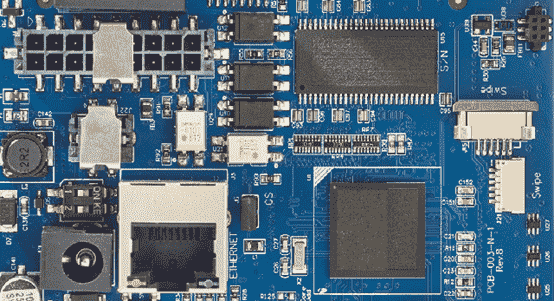What are the reliability tests in the PCB assembly manufacturing?
PCBA manufacturing is by no means a combination of adding material procurement on the basis of SMT processing. Any problem of any material will affect the overall result of PCBA board, which requires us to have sufficient material detection ability, supplier management ability, technical analysis ability and reliability test ability.
Reliability testing is often ignored by PCB assembly manufacturers, who often believe that as long as the PCBA board is tested without problems, it will be accepted by end customers. However, many PCBA boards have fatal defects such as short service life and unstable use in terminal products, which are caused by the failure of PCBA factories to strictly execute reliability tests.

How to do the reliability test of PCBA board?
1: Functional Testing
Functional test is used as a final PCBA manufacturing step. It provides a pass or fail determination on finished PCBA boards and validates that product hardware is no defects before they are shipped. It can check the functionality of the product anywhere from 50% to 100% of the product being shipped thereby minimizing the time and effort on the OEM to check and debug it.
2: Aging Testing
The PCBA board with test function OK was placed under specific temperature and humidity conditions, and repeated switching on and off, simulated function operation, load operation and so on were carried out. The stability of the PCBA board was tested through continuous work of 24 to 72 hours. The aging test takes a long time, which makes it impossible to conduct large-scale batch operation. In the actual process, the aging test only conducts sample sampling, and the overall yield of this batch of products can be determined by the pass rate of sampling test.
3: Vibration Testing
In the process of delivery to customers, many PCBA boards often have some problems caused by vibration during transportation, such as component shedding and pads cracks. Through the vibration test, the vibration effect in the transportation can be simulated effectively in the laboratory, and the hidden dangers in the PCB assembly soldering process can be gradually exposed. To avoid the poor soldering in batch PCBA boards, and improve the overall yield of delivery.
4: Surge Testing
In the PCB assembly process, it is often OK to work under normal voltage, but a transient failure occurs in a certain power surge. Many circuit designs are not perfect. They often fail to take into account the fatal impact of instantaneous voltage or current shock on the whole circuit, which requires us to conduct the surge testing before the mass production of PCBA.
5. Packaging Testing
This test is often overlooked, but may will cause a funny problem: we spent a lot of effort to make the PCBA boards perfect, but we lost in the last part of packaging and transportation. So the factory should simulate the packaging form of PCBA board to conduct appropriate drop test.
The reliability testing of PCBA board are not limited to the above several testing. Each PCBA manufacturers can discuss with the customer to decide the specific reliability test plan according to the actual situation, in order to provide the higher quality manufacturing.
